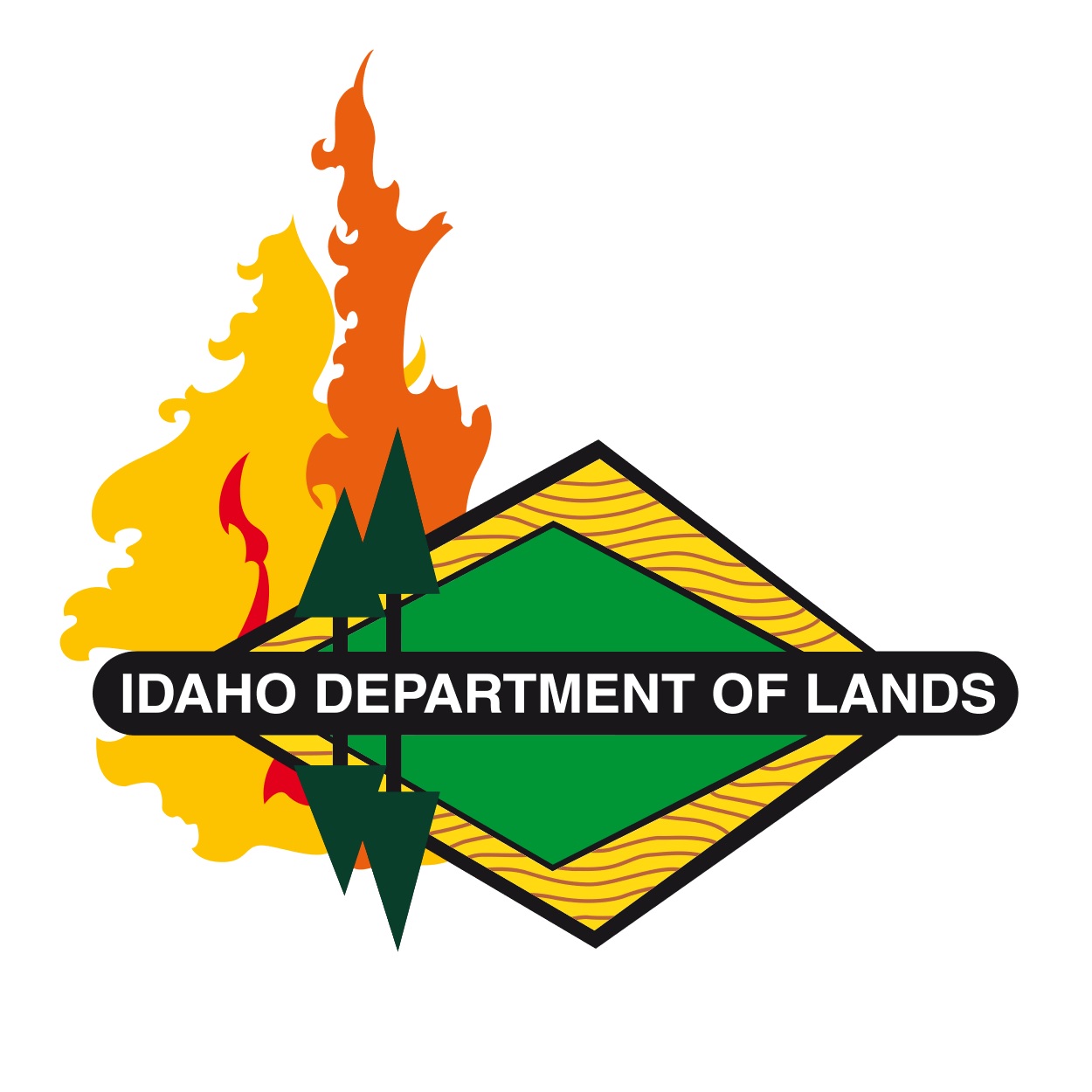Plan the Work, Work the Plan
By Gerry Bates
Southern Idaho Community Forestry Assistant
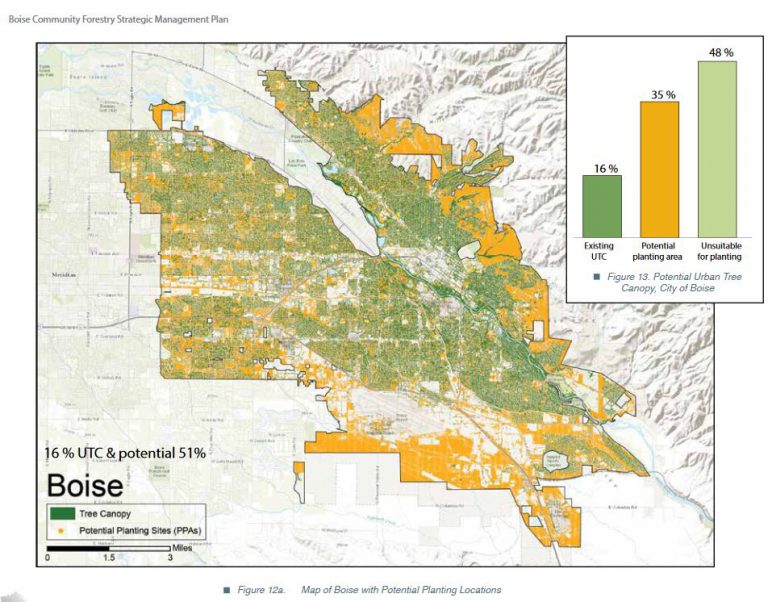
Successful management of the community forest is based on an effective management plan. We all know the benefits of trees to our community. Trees purify our water and remove pollutants from our air. They are essential for soil conservation in windy areas and can also aid in energy conservation in both summer and winter.
Trees also provide beauty for our landscapes and a place to cool a sun-warmed brow. They are necessary for shelter and food for wildlife. These things are just a few of the benefits that can be accomplished through community forest management.
Effective community forestry programs are based on well-defined goals and objectives. Usually, the first step is to establish a legally constituted board, commission, or committee to act as an advisory group to city government.
Primary functions of tree boards include:
1): Recommendations to the city government on ways to regulate the planting, care, and removal of publicly owned trees.
2): An assessment of the community forest situation, using some type of inventory analysis to determine short-and-long-range program goals and objectives.
3): Preparation of a comprehensive Community Forestry Management Plan.
4): Preparation of an annual plan of work and an annual report to the governing body.
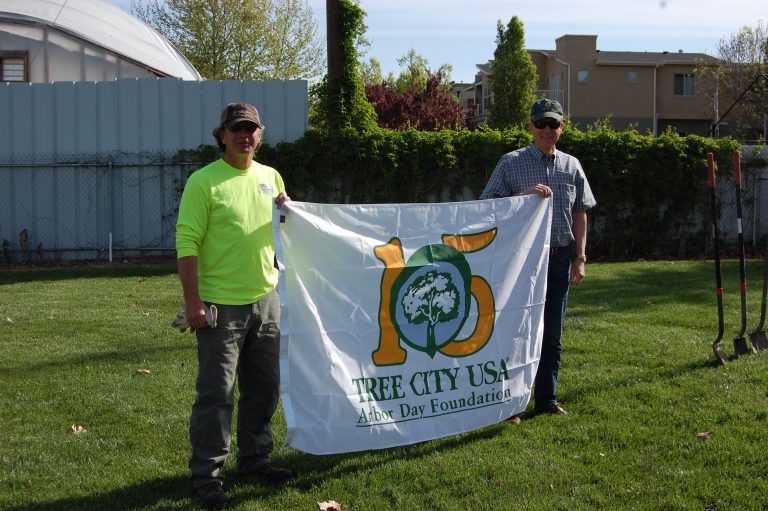
The next step is to develop a tree ordinance. The purpose of most ordinances is to protect and maintain existing trees while providing for new ones. Ordinances usually designate who is responsible for administering the program, how the program operates, enacts enforcement procedures, and sets guidelines of tree planting and maintenance.
An ordinance must balance the needs of the trees with what can actually be enforced. Typically, ordinances provide for tree removals, tree preservation, tree planting, utility company activities, tree replacement, tree landscaping requirements in new developments, standards governing arborists, enforcement procedures, etc.
Any tree ordinance should be designed to meet a particular community’s needs; consequently, no two ordinances will be exactly the same.
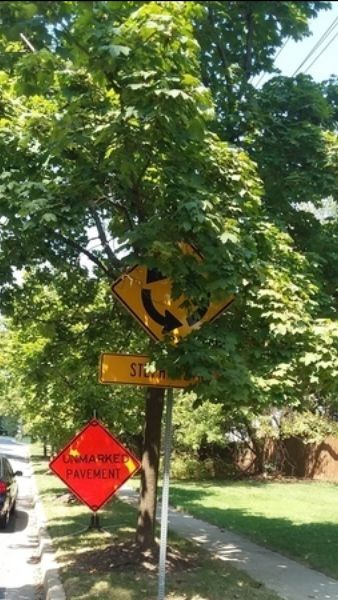
A management plan is critical for developing, sustaining, and maintaining the community forest. Before a community can begin a community forestry program, it must first take a look at the entire community and identify needs.
Basically, there are three fundamental questions that need to be answered before a tree committee can develop a workable community forestry work plan.
1) “What do we have?
The answer to this question provides baseline information and data that can be used for future planning and also to measure the success of the plan. The best way to do this is to this is to complete a tree inventory.
Basic information collected in tree inventories includes species, stem diameter, location, condition, and maintenance needs.
2) “What do we want?”
Based on information obtained in the tree inventory, a community can set goals. Defining goals through a planning process helps identify priorities. It is also important to remember that both short term and long term goals should be identified and prioritized.
3) “How do we get what we want?”
Identify the actions, procedures, and implementation steps necessary to achieve the goals set forth.
Many times, the City Forester or person responsible for the care and management of the community forest will prepare an initial draft a management plan, usually with input from the Tree Committee.
The plan should include definitions on terms used in the plan, a Storm Response Plan in the event of catastrophic weather events, an Invasive Pest Control Plan that will address measures to control European Ash Borer or other damaging pests and diseases, requirements for developers for new street tree planting including an approved Street Tree List, and proposed programs such as a Heritage Tree Program, an Adopt a Tree Plan or a Memorial Tree Plan.
Then, the plan will be presented to the city administration for review and comment. Changes will likely be requested and the plan will change according to the needs of the city, the available and/or projected future budget, and what is considered achievable and reasonable. Once the final draft is completed, it is presented to the City Council for approval.
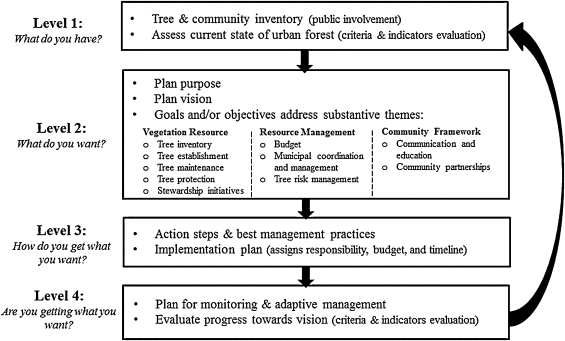
Finally, the management plan should be evaluated on a regular basis. Evaluation can be a committee’s best friend. Evaluation is necessary because, if properly conducted, it indicates both the elements of the program that have been successful and those requiring change. Through this process, a committee will likely identify specific program areas that are not achieving desirable results. A thorough evaluation of these areas will be necessary to identify solutions.

